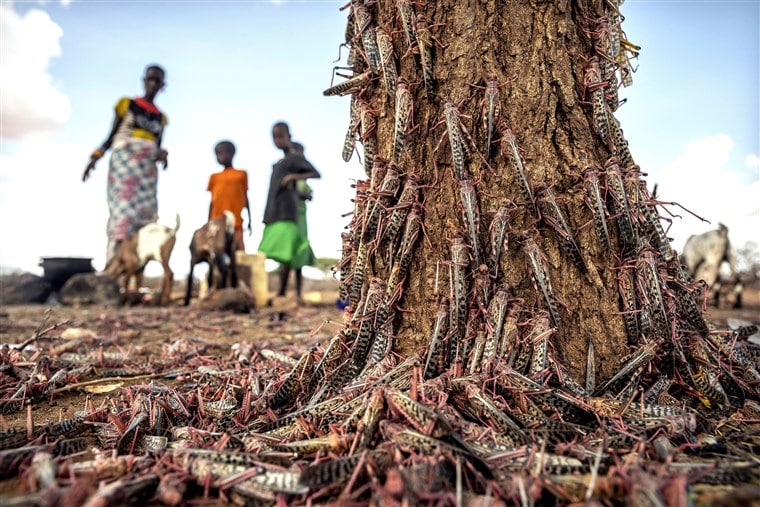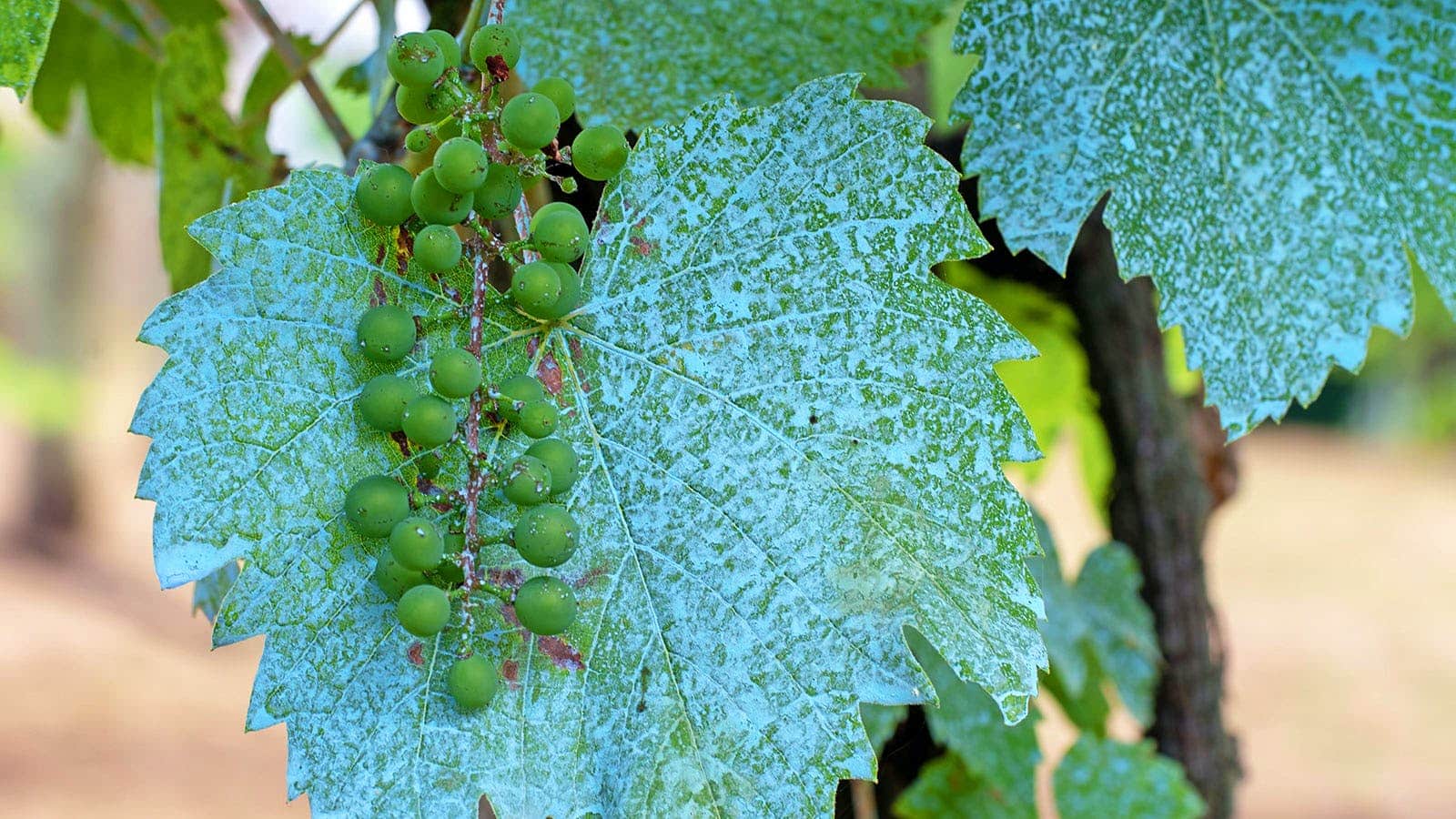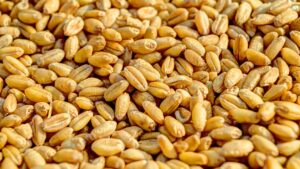European Union politicians call it a “protein transition” strategy—the continent’s sustainable farming blueprint embodied in the Green Deal, the heart of the Farm to Fork (F2F) recommendations edging towards adoption.
Getting this right is critical, as Europe’s global policy influence is huge. A revolutionary strategy should inform Common Agricultural Policy (CAP), industrial initiatives in food and farm production as part of post-COVID crisis recovery plans and international trade agreements.
The effort at big picture rethink is laudable, especially considering escalating climate change challenges. But with the stakes so high, a shiny new car of good intentions is not sufficient. Data — evidence — matters. So, let’s lift the sustainability hood and see what’s underneath: Is it more Yugo or Tesla?
F2F policy calls for increasing food production while dramatically slashing synthetic pesticide use. To achieve this, the EU has placed most of its chips on organic farming It proposes to increase organic farming in agricultural production from 7.5% to 25% while reducing pesticide use by 50%.
That sounds good, but as often happens when sustainability ideals move toward implementation, meeting complex environmental goals requires trade-offs. Considering natural chemicals used in organic farming are magnitudes more expensive (farming is only marginally profitable) than synthetic ones, and are less efficient, how does F2F plan to meet their own targets?

As the Food and Agriculture Organization of the UN warns, too much pesticide use can damage the health of farmers and the environment; but wholesale reductions in the use of crop protection chemicals would be catastrophic, as farmers could lose as much as 40% of harvests due to infestations and disease.
[tweetshareinline tweet=”“Wholesale reductions in the use of crop protection chemicals would be catastrophic, as farmers could lose as much as 40% of harvests due to infestations and disease.”” username=”bf0bb2e954fc86abade4306f627a7a29″]
Note that the F2F strategy also does not include any new biotechnologies, including GMO Bt modified seeds that contain a natural bacterium gene that dramatically reduces the need for insecticides; or CRISPR gene editing poised to curb the use of synthetic fertilizers and herbicides. Those options, now pursued by every major country in the world outside of Europe, are not even on the table.
The F2F doesn’t address those inconvenient contradictions. Like in medieval times, Europe considers itself the center of the universe. It aims to export a food model around the world, leveraging what it believes would be an agricultural-based trade advantage over the U.S., Latin America and Asia. It’s major trade target: the world’s fastest growing consumer market, Africa. In essence, it’s a recolonization strategy based on convincing fast-educating Africans that biotechnology is dangerous while tweaked, pre-industrial farming technologies are the wave of the future.
Reckoning on Farming and Food
Let’s take stock of F2F’s argument. The novel coronavirus may seem like a once-in-a-century disaster, but food and farm crises regularly roil the world. Currently, East Africa along with parts of the Middle East and India are being ravaged by a Biblical scale locust plague. It threatens 22 million people in Africa with starvation. Only the widespread deployment of insecticides have been able to get it under control.

That’s one of many scourges. Myriad plant pests and viral, bacterial and fungal crop diseases, including the destructive Fall Army Worm, which jumped across the Atlantic to Africa, threaten. The Varroa parasite that sickens honeybees is an invasive species that arrived in Europe in the 1960s before spreading to the U.S. in the 1980s. Add the fact that climate change is altering growing conditions, increasing drought and other destructive weather patterns, and Black Swan events, like COVID, are inevitable.
Consider these threats in light of our need to increase food production 70-100% by 2050. We face two challenges: fast-growing populations and rising demand for more and higher caloric food for people in developing countries who now subsist on 1,000 calories a day, and won’t be satisfied with meagre bowls of rice.
Food activists line up against claims that we don’t grow enough food to meet demand. 88 million tons of food is wasted annually in Europe alone, they note. All we need to do is, snap, ‘end food waste’. Laudable, but unworkable. Perhaps we could we assign food monitors to every home, farm and restaurant to collect scraps after we ate our calorie allotment. And then preserve those scraps, shipping them at carbon-gulping expense to distant corners of the developing world.
Certainly, we should cut waste, but even if we work the margins, it’s not game changing. Which brings us back to F2F. The broad goal is to “reduce the environmental and climate footprint of the EU food system in the face of climate change and biodiversity loss to cement Europe’s reputation as an alternative farming region that relies on fewer harmful chemicals.” But Europe’s reputation is a myth of gargantuan proportions.
Netherlands (24), Belgium (28), Ireland (29), Italy (31), Portugal (36), Switzerland (41) Germany (44) and France (47)—indeed, almost every country in Europe—use far more toxic pesticides per hectare of available cropland than the United States, demonized in Europe as an agrochemical junkie. The U.S. ranks 59th.
Those statistics are shocking, as they challenge widespread misconceptions that Europe is on the cutting edge of sustainability because of the growth of organic farming when the opposite is sometimes the case.
GM Bt crops use little synthetic pesticides
There are calls in F2F to cut conventional pesticide use by 50%, regardless of effectiveness or toxicity. Why? That’s never addressed scientifically. Science has come a long way since highly-toxic synthetic chemicals were introduced in mid-last century. Newer ones are designed to prevent specific plant diseases, kill weeds and repel harmful insects without harming beneficial ones. Overwhelmingly, they do that.
Per acre toxicity levels on US farms began declining in the 1960s, and dropped again with the introduction of GM crops in the 1990s. While yields soared, more than 5 times in corn alone, the volume of chemical usage stayed about the same—primarily because of the introduction of low toxic pesticides, such as glyphosate.
Since the mid-1990s insecticide use on American farms has fallen 61%-81% as the direct result of the introduction of GMO corn, soybeans and cotton engineered to express the natural bacterium Bacillus thuringiensis (Bt)—sprayed by organic farmers—that resist or kill some 200 harmful insects.
Since Bt cotton’s introduction in India in 2003, production has grown more than 90%, with 23% of the yield increase attributed to Bt seeds—all while insecticide use has fallen. Bt cotton adoption also raised consumption expenditures, a common measure of household living standard, by 18%.
It’s impact in the developing world is transformative. Using Bt technology developed by the Bangladesh government, brinjal (eggplant) farmers cut insecticide use by 26% while incurring 52%–98% lower pesticides cost per acre since the crop’s introduction in 2013. Income per acre increased 6-fold.
Dramatically cutting spraying by women farmers and their children, who do much of the field work in developing countries, highlights the global move away from highly toxic pesticides spurred by biotechnology research poised to accelerate with advances in gene editing, which could eliminate many chemicals altogether—if not blocked by protectionist policies like F2F.
Organic sustainability myths
In contrast, organic farming is addicted to ‘technology’ that is a century old or older, which is why it embraces the ideological belief that natural chemicals are safer than synthetic ones. Advocacy groups base their fund raising on convincing consumers they should be ‘scared to death’ of the ‘rampant use’ of synthetic chemicals, although pesticide use has dropped in the US since the 1980s even as yields have soared, and trace residues in food have dropped to ridiculously tiny amounts discoverable only by precision biosensors at the parts per billion level.
[tweetshareinline tweet=”“Organic farmers use many approved synthetic chemicals and hundreds of natural chemicals, some highly carcinogenic.”” username=”bf0bb2e954fc86abade4306f627a7a29″]
And there is the inconvenient fact that more than 99% of pesticides in our food are produced naturally. Organic farmers use many approved synthetic chemicals and hundreds of natural chemicals, some highly carcinogenic. Consider copper sulfate, used in the European wine industry, to limit fungus on grapes. It kills beneficial insects and is a human carcinogen. The European Food Safety Authority authored a scathing report on its “concerns to public health and the environment.” Only strong lobbying by Europe’s organic industry has prevented copper sulfate from being banned.

grapes, kills beneficial insects and is a human carcinogen.
Source: Stella Photography/Alamy
Copper sulfate is also far more toxic than the herbicide glyphosate, whose use has set off paroxysms of hysteria across Europe. Glyphosate is less toxic than salt and has been found safe by 18 major global health and environmental safety organizations, including four in Europe.
Although glyphosate accounts for one quarter of herbicides applied by weight to corn, it only accounts for one tenth of one percent of the chronic toxicity hazard associated with weed control in corn. Taking glyphosate out of the picture could raise the toxicity hazard in corn by 26%, 43% in soybeans and 45% in cotton. Yet, green groups want to ban it.
[tweetshareinline tweet=”“Taking glyphosate out of the picture could raise the toxicity hazard in corn by 26%, 43% in soybeans and 45% in cotton.”” username=”bf0bb2e954fc86abade4306f627a7a29″]
The sustainability contradictions of F2F multiply exponentially when greenhouse gas emissions in farming, ignored by the report’s authors, are considered. Growing concerns about climate change — and estimates that one third of greenhouse gasses come from agriculture — have helped ignite the market for organic foods, which is perceived as reducing environmental impacts.
Scientists contest those claims. During organic farming composting, methane is emitted, a greenhouse gas 30 times more potent than carbon dioxide. Methane is also released by flatulent cows, blamed for generating nearly 20% of greenhouse gases, and they are the primary generator of organic waste used as fertilizer.
Organic farmers rely on tillage while many conventional farmers have switched to no-till and ridge-till (reduced plowing of the soil), facilitated by the use of GMO crops. Tillage contributes to soil erosion and the release of greenhouse gasses. No-till keeps the soil structure intact, protecting beneficial microorganisms, fungi and bacteria. It conserves water, limits erosion and reduces unnecessary labor to ride carbon-belching machinery so common in large scale organic farming.
The use of no-tillage farming has grown sharply over the last two decades in step with the growth in GMO farming, accounting for more than 35% of U.S. cropland. Its adoption is stagnant in organic-obsessed Europe.
One study estimates that low till farming using glyphosate in conjunction with GMO herbicide-resistant corn and soybean prevented 41 billion pounds of CO2 from being released into the atmosphere from 1996 to 2013. Purdue University researchers found agricultural greenhouse gas emissions would increase 14% if there were a ban on GMOs in the countries using them. These figures help explain why the US is so far ahead of Europe in toxic pesticide reduction.
Exporting ‘environmental externalities’
F2F proposes to more than triple organic farming implementation in ten years. But the document is bereft of actionable, toxicity-reducing specifics. What would happen if a country — say the UK — fully embraced it?
That’s the question addressed in a state-of-the-art environmental life-cycle analysis published last year in Nature Communications comparing conventional and organic agriculture and their impact on carbon emissions. Transitioning to organic would pump 20%-70% more greenhouse gases into the atmosphere, the authors concluded.
As the organic industry itself acknowledges, organic farming is 15%- 40% less productivethan conventional. Just to meet the current demand for food and make up this shortfall, the researchers found the UK would have to dramatically increase its food imports. According to the BBC, “due to significantly lower productivity in other countries, this would require five times the amount of land that is currently used for food in England and Wales, consuming 6 million more hectares of land.”
Where would it find new farmland? As there is almost no arable hectares left in the world, the UK flip to organic alone would likely lead to clear-cutting of forests to create more farmland. In essence, F2F is a bad deal for the developing world, as it would export its “environmental externalities” to poorer regions, all because of Europe’s organic fixation.
Beyond F2F: Putting agricultural sustainability ahead of ideology
Synthetic chemicals are only part of the sustainability equation. Eco-responsibility means different things to different farming experts. Greenhouse gas emissions? Land usage? Productivity per acre? Labour intensive vs mechanized agriculture? F2F doesn’t address the real-world complexity of sustainable farming; it’s short on nuance and a science-based understanding of environmental and economic tradeoffs.
We could address many challenges if we stopped a priori excluding farming methods based on superficial notions of sustainability and instead looked to outputs and tradeoffs. Do we want to feel virtuous or solve real-life problems?
Modern technology offers solutions, most importantly, CRISPR. Gene editing can make plants more resistant to disease, drought and pests; more nitrogen efficient (they would need less chemical fertilizer); safer (peanuts without harmful allergens; wheat without gluten deadly to people with celiac disease); healthier (crops with omega 3s). The advantages are endless — if we don’t regulate this promising technology to death.
It may not be fashionable to say this, particularly in Europe, but we will continue to need chemical pesticides, complemented by a new suite of engineered products with small toxic footprints. While the toxicity and the volume of use of modern pesticides have dropped precipitously since the 1980s, and is being reduced every year, organic pesticide toxicity has dropped 0%.
Should we be judicious going forward? Yes. But let’s listen to the science here, not to chemophobic, anti-technology scaremongering, when it comes to setting agricultural policy.
Here is the challenge to F2F supporters: if you want the rest of the world to take seriously the desire to address climate change by exporting a European farming model, it would serve well to reassess the impact of organic farming’s carbon-increasing practices. Boutique policies like reverting world agriculture to more “natural” lower-yield, land intensive and disease-vulnerable farming methods are indulgences of an affluent society.
Editor’s Note: Jon Entine is executive director of Genetic Literacy Project. He writes on genetics, corporate social responsibility and environmental sustainability and was US editor for 15 years of UK-based Ethical Corporation. Twitter @JonEntine











